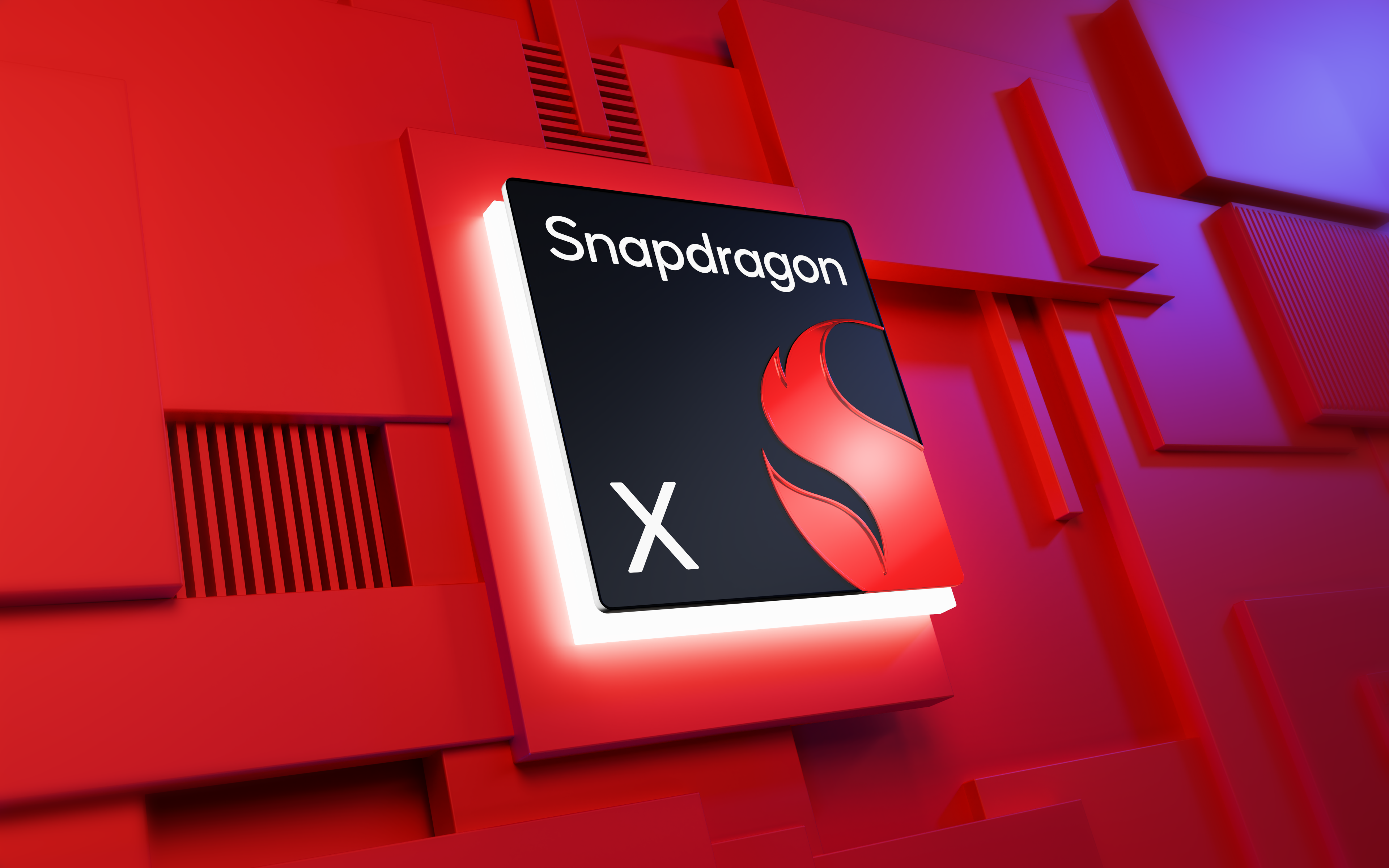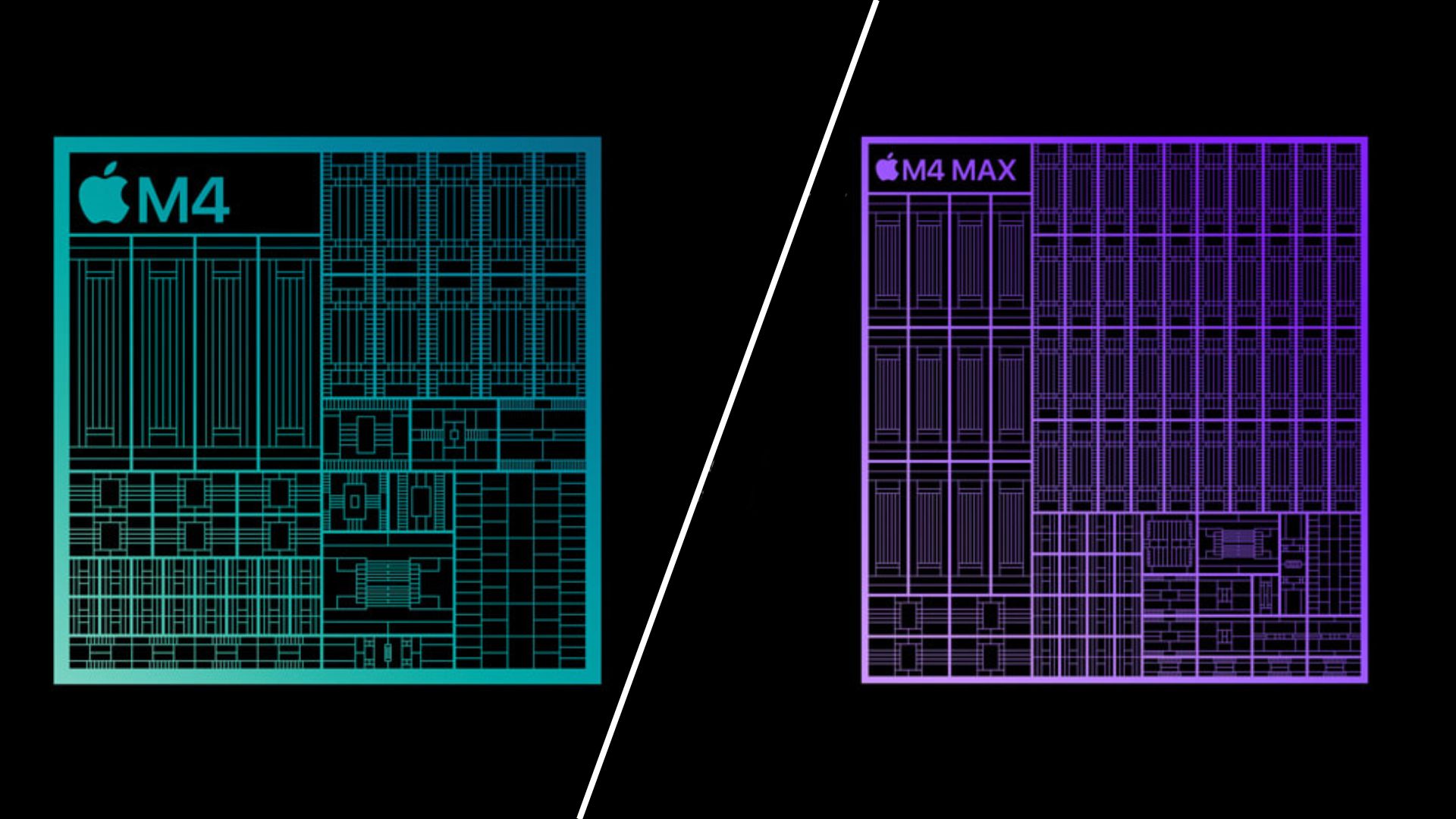
Even if semiconductor giant Qualcomm likely faces a two-year gap between releases of its groundbreaking Snapdragon X platform — an eon in the hyper-competitive silicon market — the company's Snapdragon chief says he isn't worried.
"I'm not worried about our competitors coming out with something," Qualcomm's Alex Katouzian told Laptop Mag this week at the Computex conference in Taipei.
Katouzian is the General Manager of mobile, compute, and XR, and is responsible for execution on the Snapdragon chips. He believes the Snapdragon platform is powerful enough to survive the delay between the company's first- and second-generation computer chips, which have taken on the unofficial moniker "Snapdragon X2."
"We're sustained in performance-per-watt, and we have relationships that are strong across retail and commercial, and we have marketing campaigns that are now very much concentrated on Snapdragon," Katouzian said.
During their keynote at Computex, Qualcomm leaders tried to keep momentum by driving attention toward the Snapdragon Summit, scheduled for September 23-25 in Hawaii. At that summit, Qualcomm is expected to introduce "our next-generation solution," Katzouzian said. Questions about the second-generation Snapdragon X Elite chipset were answered with "come to Snapdragon Summit."
Nevertheless, one question loomed over the keynote: Will Qualcomm be left behind with a two-year gap between generations? After all, Qualcomm announced the first Snapdragon X Elite chips at the Snapdragon Summit in 2023 and released them the following June. If Qualcomm repeats that pace, the next Snapdragon X chip won't be in laptops until June 2026.
The Snapdragon X series timeline

Qualcomm officially launched the Snapdragon X series with the X Elite and X Plus platforms last spring, between Microsoft Build in May and Computex in June 2024. In late 2024 and early 2025, Qualcomm announced additional X Plus chipsets and the budget X variants.
"We introduced our solution at Computex that would already have designs that we launched in May with Microsoft last year," Katouzian said. "And so, we're only in the market for nine months. I think a platform such as X Elite, X Plus, X — it needs more than nine months to become mature in multiple designs and SKUs."
Katouzian compared the release cycle to the Apple iPhones of yore, which used to follow a two-year "tick-tock" cycle, where a significant upgrade is announced every two years. By that logic, 2025 is Snapdragon's "tock" year.
"I think it's OK to come in as a tick-tock," he said. "We come in and then four months from now we're going to introduce our next-generation solution, and then it'll ramp into market early 2026. As long as people and OEMs understand that this continuous advantage is coming, I'm OK."
Qualcomm's competition will have launched two chips in the years between Snapdragon X Elite and X2

Since the first Copilot+ systems launch in June 2024, all of Qualcomm's competitors have released new chipset generations, and some are expected to hit their second generation since the X Elite this fall.
Intel's Panther Lake chipsets are on track to bring the Intel Core Ultra brand into its 300 series this fall, and Apple is expected to launch the M5 chipset any time between this summer and fall.
While Katouzian and CEO Cristiano Amon appear to believe the Snapdragon portfolio is strong enough to weather the oncoming storm, their new ad campaign tells a different story.
If Qualcomm weren't worried about the competition or the arrival of Snapdragon X2, would they really need to keep building ads around what I found to be not-quite-accurate data?
What can Qualcomm do to keep its lead?

Even during this "tock" year, laptops and mini-PCs are continuing to debut with Snapdragon chips. The HP OmniBook 5 is a recent example.
It's not like the company isn't still working with partners to get more systems out into the market. However, those systems are rocking 5-11 months old chipsets, depending on which slice of the Snapdragon X series we're considering.
In the meantime, Intel, AMD, and Apple are all releasing newer silicon, making Qualcomm systems look less like a disruptor in the market and more like yesterday's news.
This means the second-generation Snapdragon X series chipsets need to make as big a splash as the first-generation chipsets, if not more, to recapture public attention.







